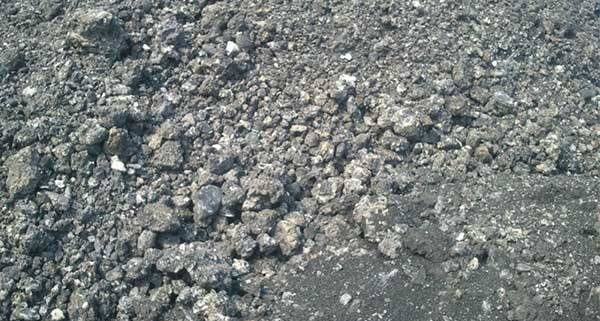Curing / stabilizing treatment
Before filling, it is usually necessary to solidify and stabilize the incineration ash flow, which can not only reduce the impact of leaching of toxic heavy metals in the ash on the geological environment, but also ensure the engineering safety.
(1) curing. Solidification is a process in which hazardous wastes are mixed and contained in dense emotional base materials by physical and chemical methods to stabilize them. The mechanism of solidification treatment is very complex, which is still under research and development. Some of them are the process of chemical transformation or introduction of hazardous waste into a stable lattice; some are the process of inclusion of hazardous waste with emotional materials; some have both of the above two processes. The commonly used curing agents are mainly cement, lime, gypsum, silicate, pozzolanic ash and asphalt, etc. Good results have been achieved in the solidification treatment of MSW incineration ash with cement and asphalt. The cement solidified body of incineration ash is mainly used in subgrade, river dam, etc. and has long-term stability problems. The stability of heavy metals in the solidified body may be reduced due to the decomposition of water-soluble sulfur segment salt, organic acid and organic matter.
(2) chemical stabilization. According to the types of heavy metals contained in the waste, the stabilizers can be gypsum, bleaching powder, sodium thiosulfate, sodium sulfide and organic stabilizers. In recent years, the application of heavy metal chelating agent is developing rapidly. It is a kind of water-soluble chelating polymer. Its parent polymer has hydrophilic chelating group and reacts with heavy metal ions to form water-insoluble polymer complex.
Phosphate is also used to stabilize the incinerator slag. The principle is that it can react with heavy metals to form metal tristate phosphate and apatite minerals that are stable in nature. These substances have high stability for pH and eh, so as to reduce the leaching of heavy metals in the slag. Generally speaking, the reaction mechanism has two ways: surface adsorption and deposition / replacement. The specific process is related to the physical and chemical characteristics of phosphate (such as solubility), concentration and existing form of heavy metals and many other factors. The results show that phosphate can react with more than 30 elements to produce more than 300 minerals that are stable in nature, which are often used to control the pollution of Ca2 +, Cd2 +, Cu2 +, Pb2 + and Zn2 + in natural land system, especially Pb2 +.
In addition, studies have shown that (M. A. Soreness et al. , 2001). When FeSO4 solution is used to treat the incineration ash, most of the salts in the ash are dissolved, and there is amorphous ferrite deposition on the surface, while the heavy metals can be well fixed due to surface adsorption or direct physical combination in the ferrite.



